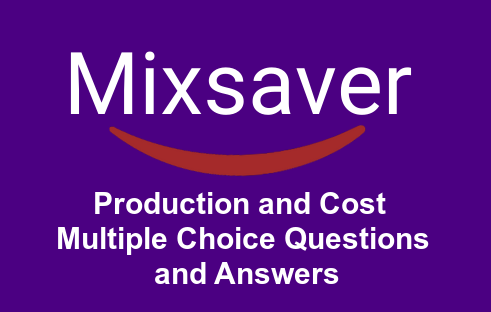The Road to Peace of Utrecht 1700-15:
In 1700 the Habsburg King of Spain, Charles II died. He could not produce an heir for the throne. This makes a power vacuum for other European dynasties. Charles's closest heirs to the throne of Spain were the members of French Bourbons and Austrian Habsburgs monarch. Charles named Philip V the grandson of Louis XIV (French Bourbons). This was not accepted by England, Dutch Republic, and Austrian Habsburgs because it would make France more powerful. And this could lead to French Bourbons' hegemony over Europe and ultimately the world.
The English, Dutch Republic, Austrian Habsburgs, and others form an anti-French coalition. France and Spain were on one side and the Grand Alliance was on the other. The conflict also spread to North America where Britain gain a lot of ground.
The war ended with the treaty of Utrecht. Philip V was confirmed king of Spain but permanently separated from the French Bourbons dynasty. Spain ceded territories in Low Countries and in Itay to Savoy and Austria. England captures Gibraltar and Menorca during the war and they retain both places. France handed over a large territory in North America to England. The French fur company Hudson's Bay Company was given to Britain for the losses. France maintains a friendly Spain but with a financial disaster which will, later on, hunt the Bourbon monarchy in the form of a revolution (French revolution).
This highlighted the alliances and a balance of power. Britain maintained the balance of power between French Bourbons and Austrian Habsburgs. The balance of power was established in Europe and its colonies which will be the basic feature of the International system.





